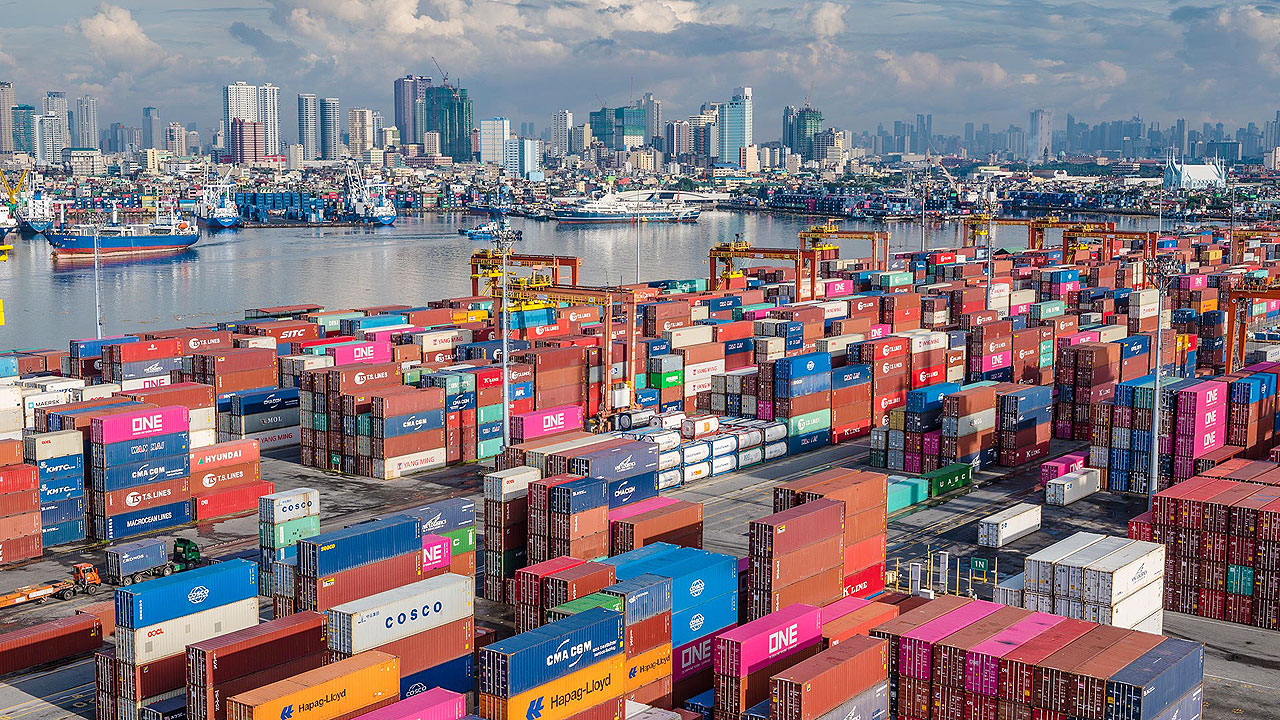
Upgrade to High-Speed Internet for only ₱1499/month!
Enjoy up to 100 Mbps fiber broadband, perfect for browsing, streaming, and gaming.
Visit Suniway.ph to learn
 South Korean won, Chinese yuan and Japanese yen notes are seen on US 100 dollar notes in this file photo illustration. — REUTERS
South Korean won, Chinese yuan and Japanese yen notes are seen on US 100 dollar notes in this file photo illustration. — REUTERSEXTERNAL DEBT outstanding rose 14% to $146.74 billion at the end of March, with the government and banks ramping up their borrowing, the Bangko Sentral ng Pilipinas (BSP) said.
The central bank added that compared to the end of 2024, external debt rose 6.6%.
“The increase in external debt in the first quarter was primarily attributed to the National Government’s fund-raising activity meant to support infrastructure projects and other budgetary requirements,” the BSP said.
This brought the external debt as a percentage of gross domestic product (GDP) to 31.5% from 29.8% in the fourth quarter, a level that “still reflects the country’s ability to repay its external obligations.”
External debt includes all types of borrowing by residents from nonresidents.
The BSP said the National Government (NG) raised $5.06 billion from global bonds and loans extended by foreign development institutions.
In January, the government raised $3.3 billion by issuing dollar and euro-denominated sustainability bonds, including $1.25 billion from 10-year US bonds, $1 billion from 25-year US bonds and one billion euros from 25-year euro bonds.
It was the NG’s first global bond offering for the year.
The central bank also reported public-sector net availments of $91.54 billion at the end of March, while the private sector’s net availments hit $55.21 billion.
Banks also tapped overseas markets for “short-term financing to support trading operations and address liquidity needs.”
At the end of March, gross international reserves (GIR) stood at $106.67 billion and represented 3.27 times cover for short-term debt based on remaining maturity.
The GIR is forecast at $105 billion this year, down from the $110 billion projected earlier.
“The GIR level continues to provide a robust external liquidity buffer, despite the downward trend of the short-term external debt cover in recent years,” the BSP said.
Over the same period, short-term external debt based on remaining maturity was $32.67 billion.
The debt service ratio declined to 8.4% at the end of March from 9% a year earlier. The indicator of capacity to service debt compares loan payments with income from exports and other inflows.
The decline was attributed to the lower principal and interest payments by resident borrowers in the first quarter, the BSP said.
The government plans to borrow P2.55 trillion this year, of which P507.41 billion will come from external sources. — Aubrey Rose A. Inosante




